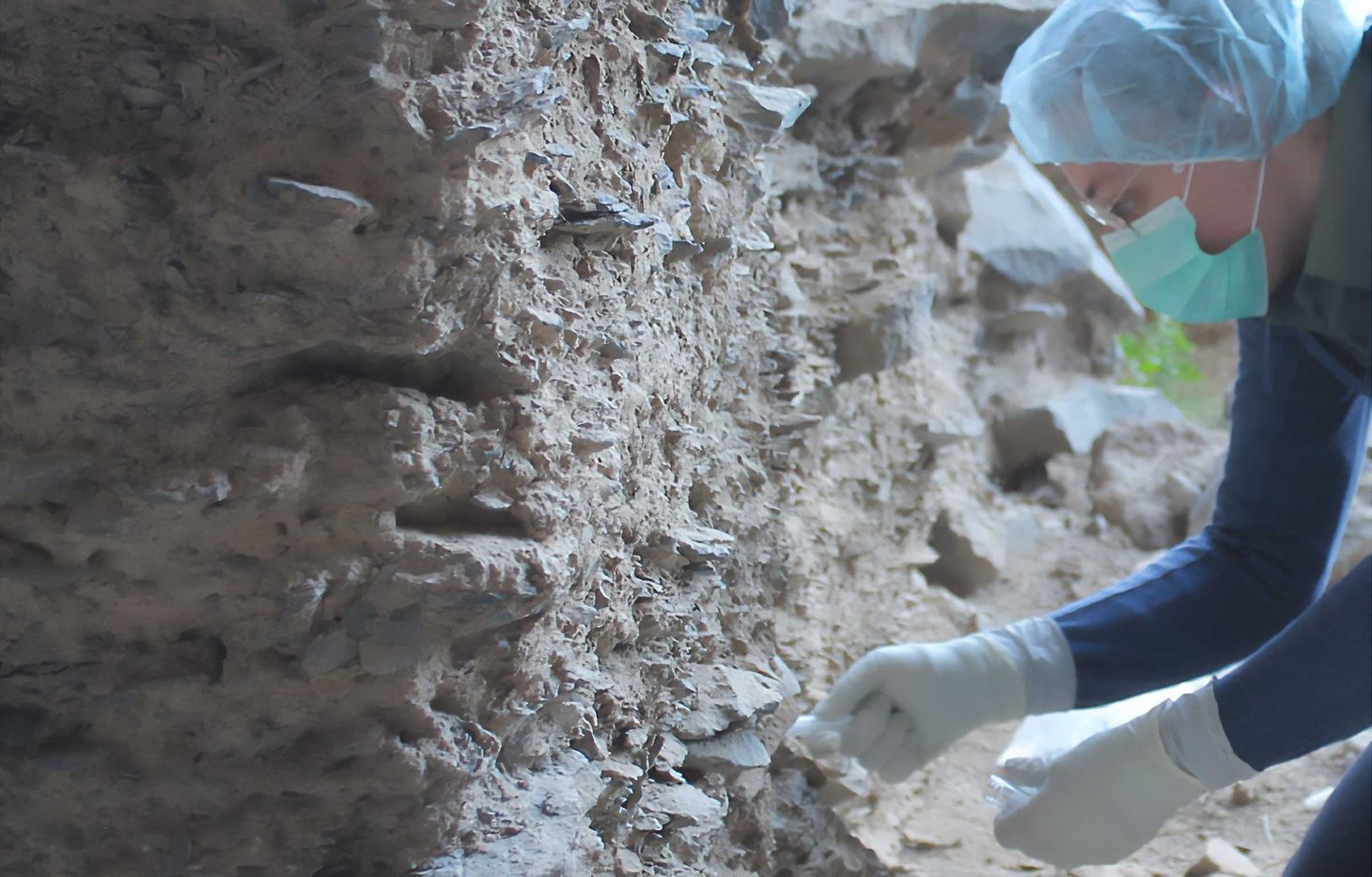Neandertal DNA
Late Neandertals: more diverse than most scientists thought
The new “Thorin” genome from Grotte Mandrin represents a previously-unknown Neanderthal deep history.
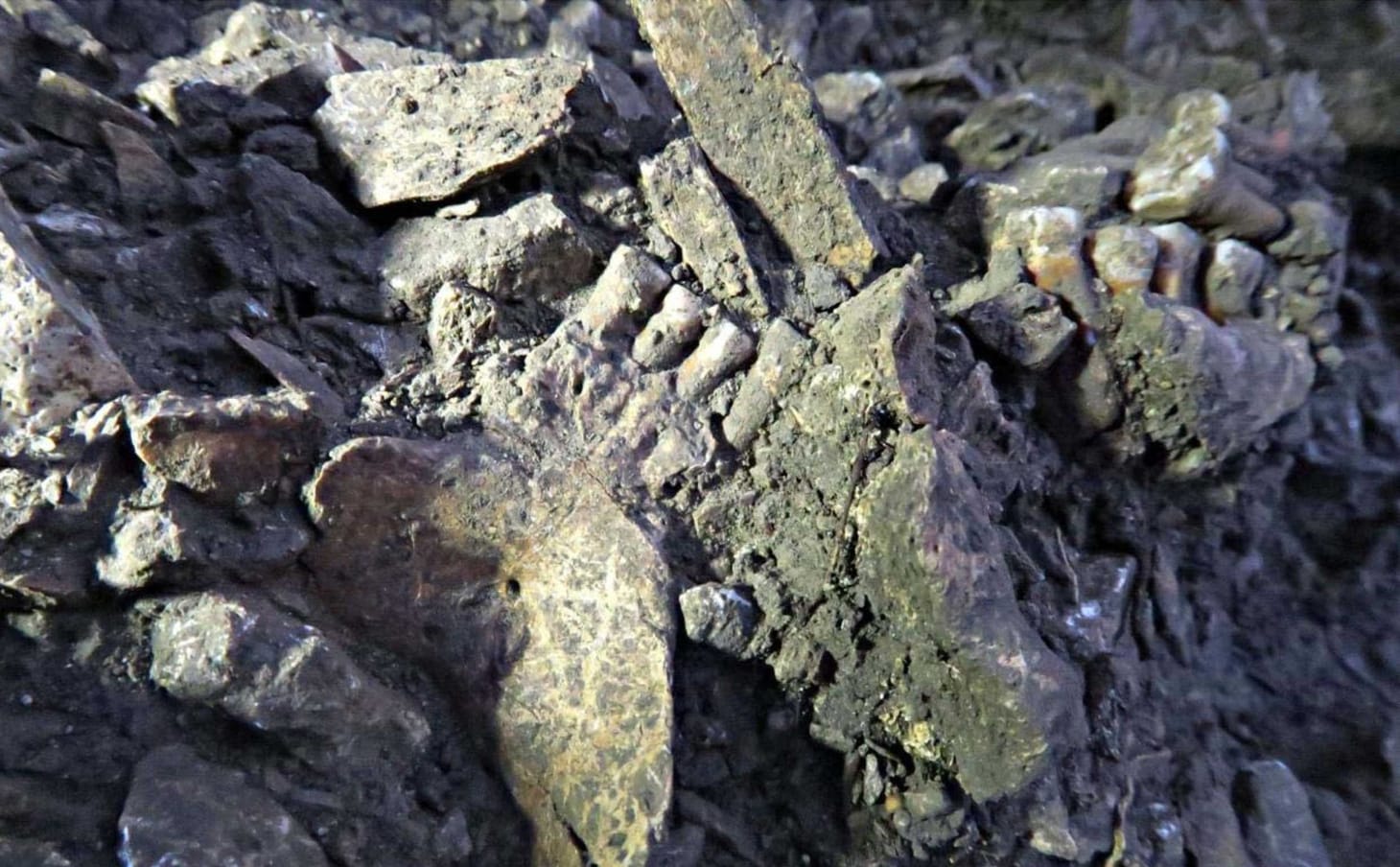
Vagrant birds and ancient human habitats
People killed the Carolina parakeet. An inquiry into their historic population range helps illustrate the challenges of understanding ancient human populations.
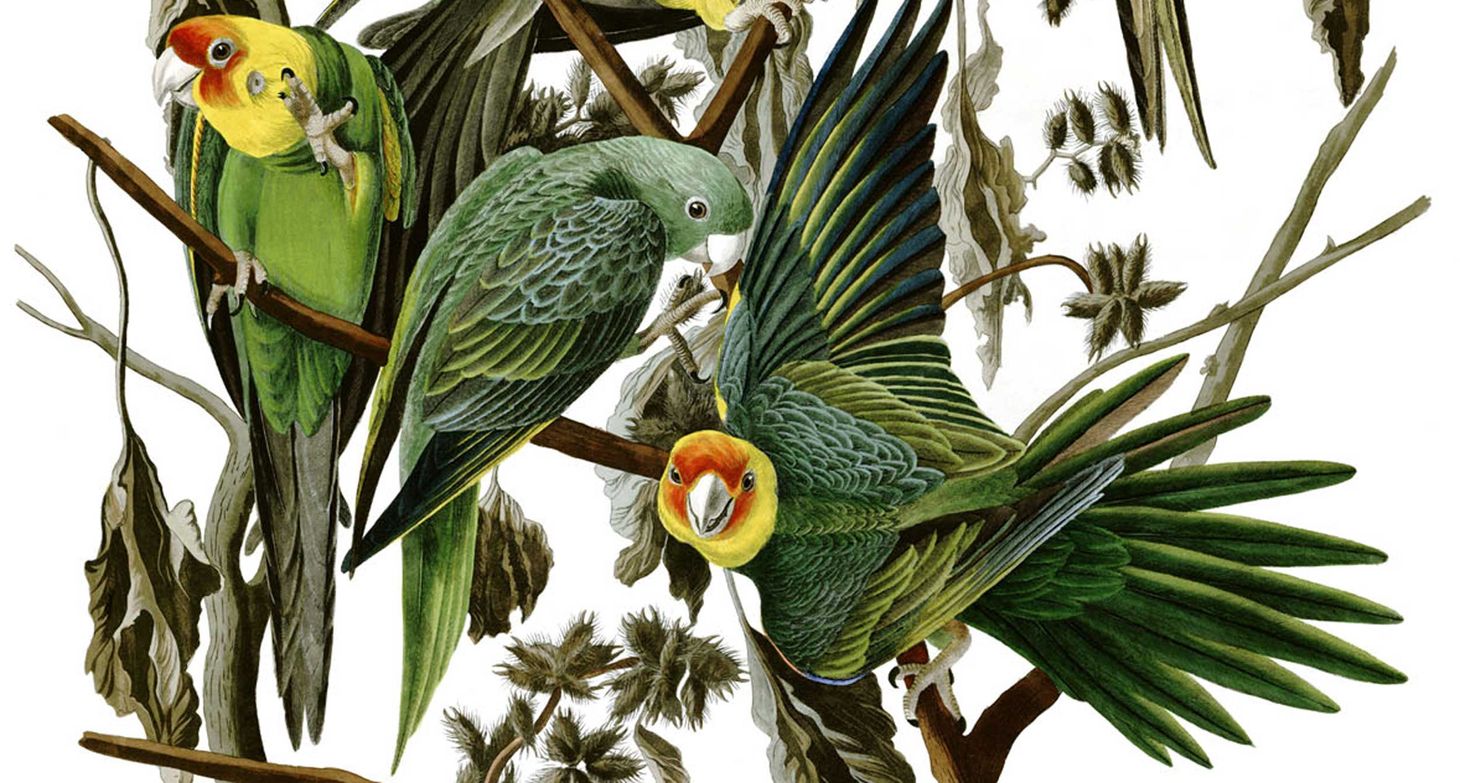
Tracing the signature of African-to-Neandertal gene flow
A new study of African genetic variation yields a more accurate picture of the genetic exchanges between ancient Africans and Neandertals 250,000 years ago.
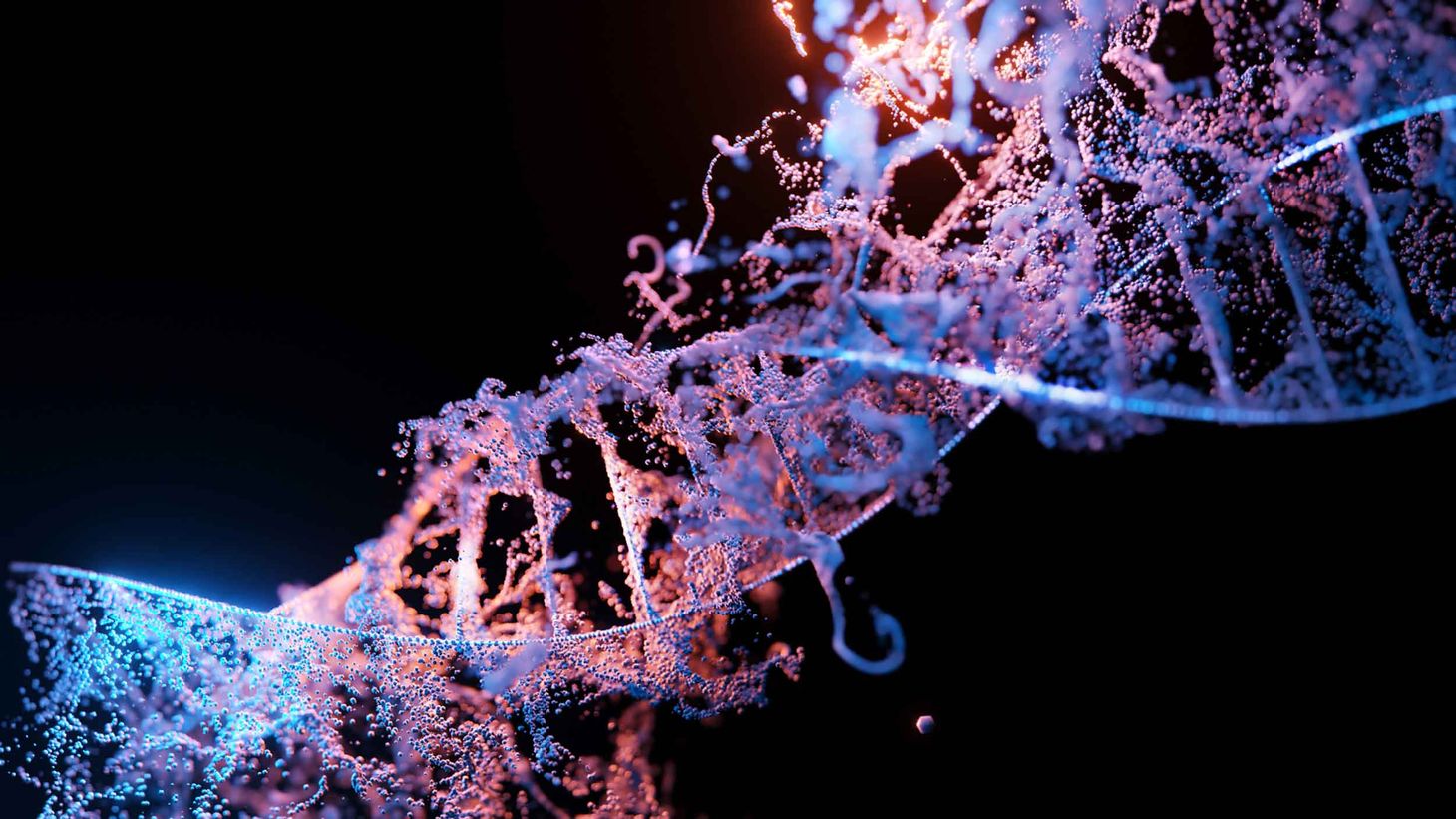
Interaction and mixture: big picture and small
From the level of function of a single gene up to the movements of entire populations, our evolution was built from mixture.

When did human chromosome 2 fuse?
More and more, it looks like this event happened shortly before a million years ago, in the common ancestors of Neandertal, Denisovan, and African ancestral humans.
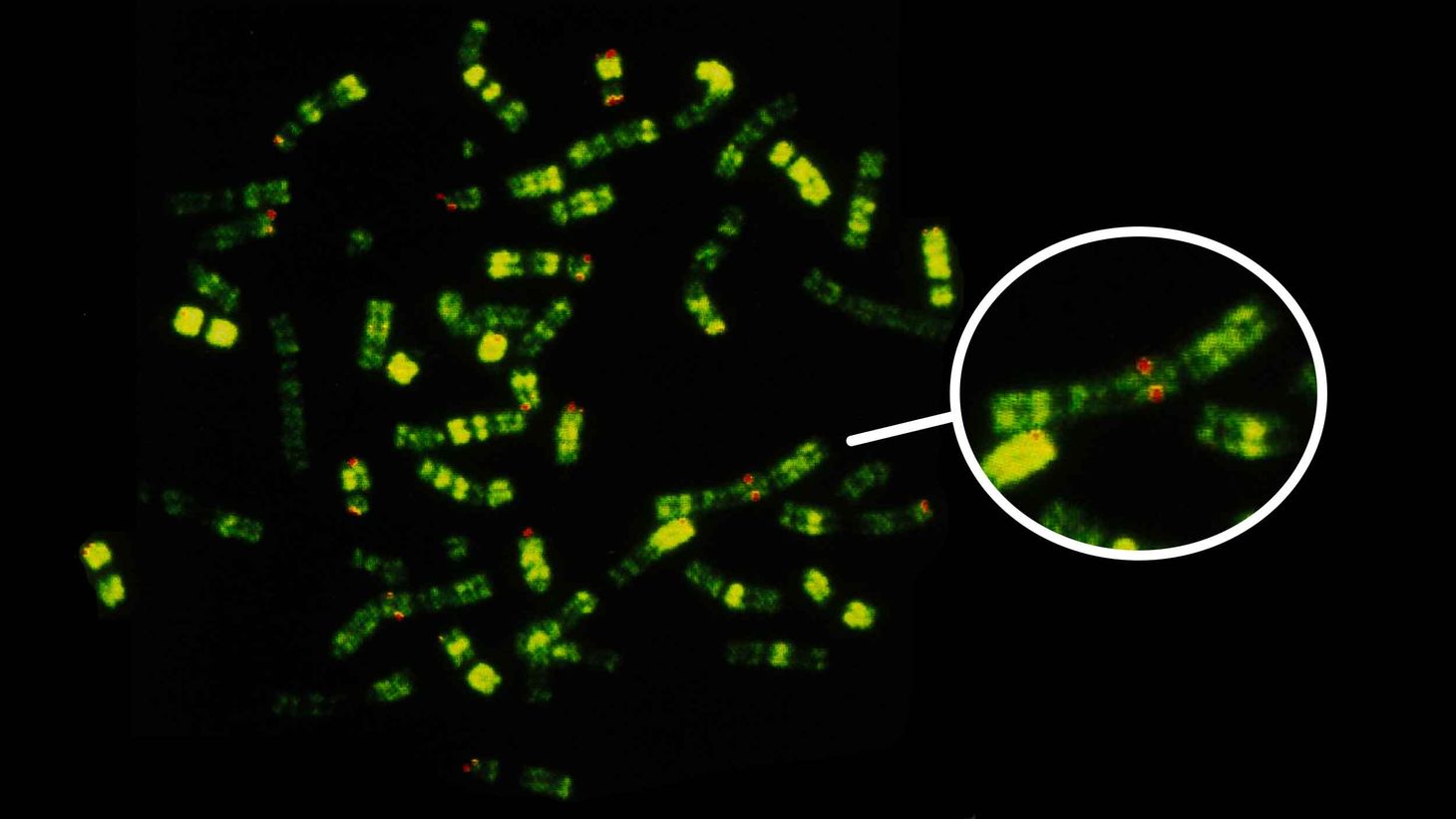
What color were Neandertals?
Even with whole genomes, scientists can't say very precisely what pattern of skin, hair, and eye pigmentation was in ancient populations like the Neandertals.

Explaining the X chromosome hole in Neandertal ancestry
Natural selection reduced the variation on human X chromosomes in populations with the most Neandertal and Denisovan mixture. It may have been meiotic drive.

Many people have a little Neandertal in the brain. Does it matter?
Research has started to show the ways that introgressed genes from Neandertals affect brain shape in living people.

Solving the mystery of the Red Deer Cave people
New DNA evidence is revealing the genetic relationships of ancient groups from southern China, showing how they were connected to living people across the region.
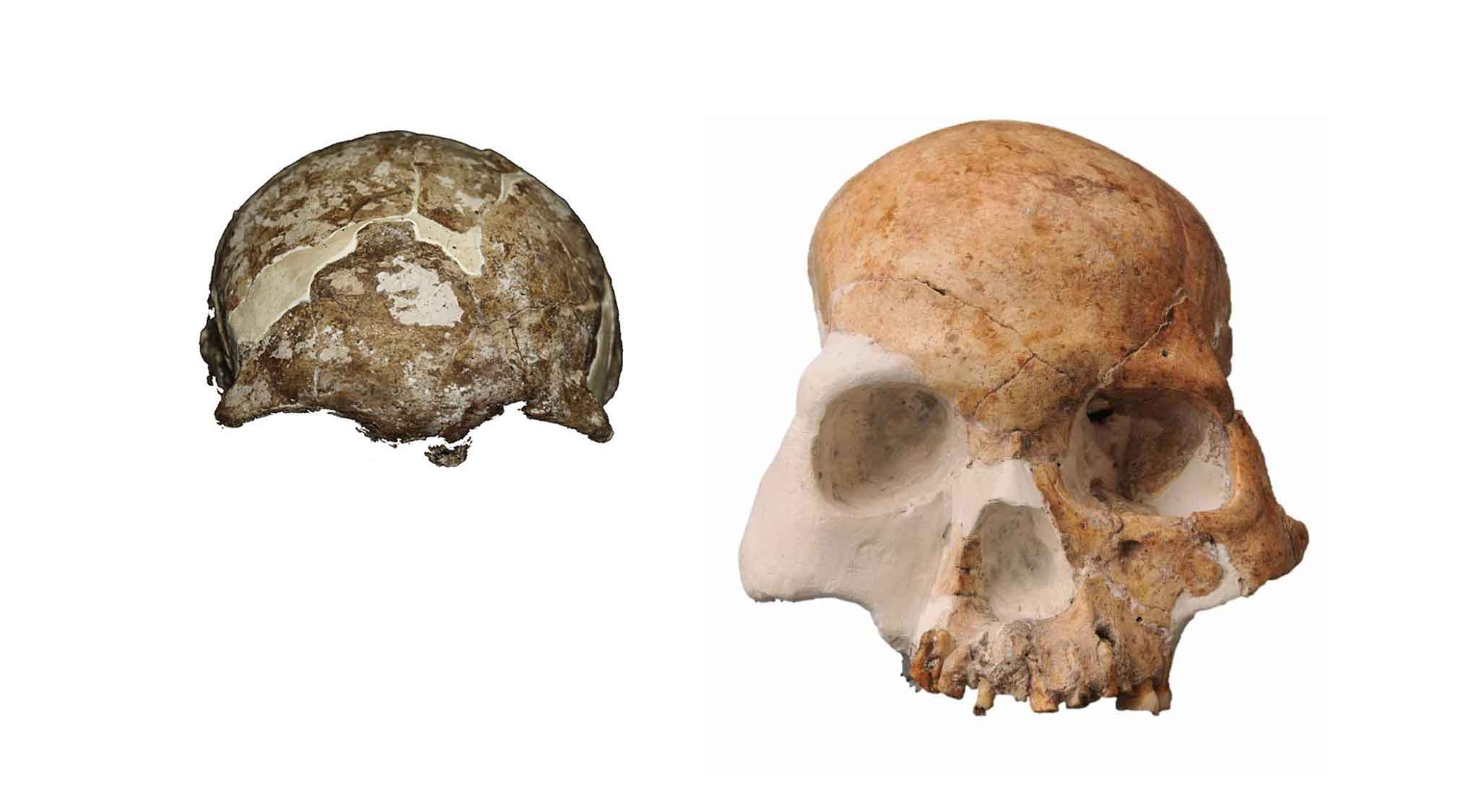
Top 10 discoveries about ancient people from DNA in 2022
Research on ancient genomes has moved way beyond population mixture into broader questions about how ancient people lived and interacted with their environments.
